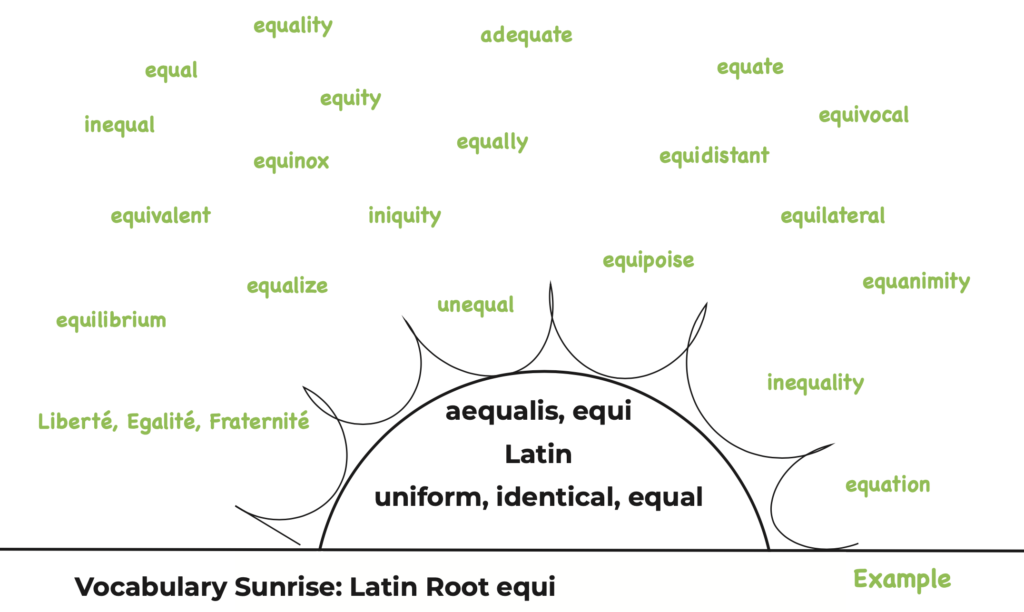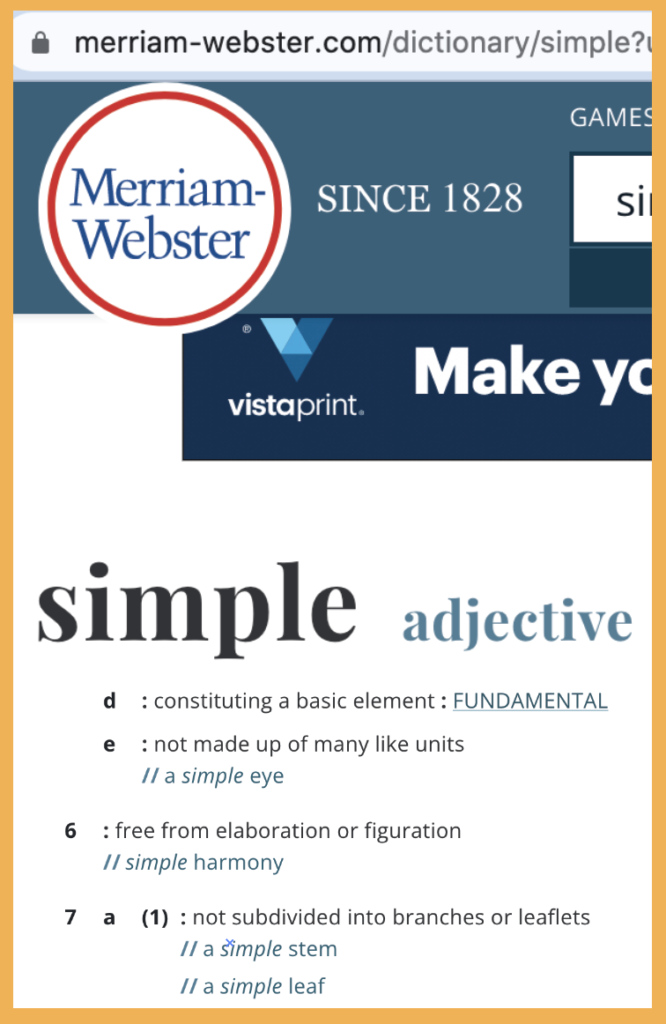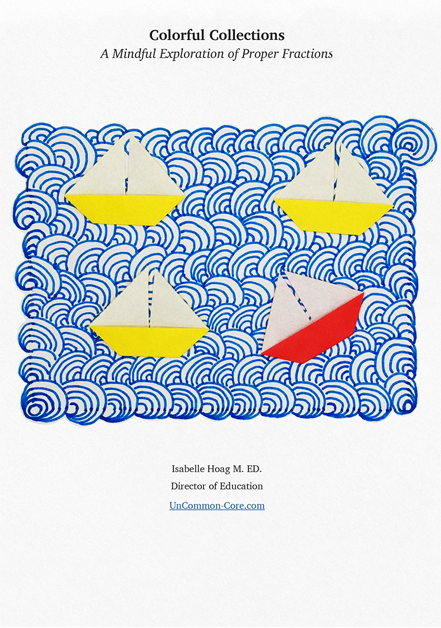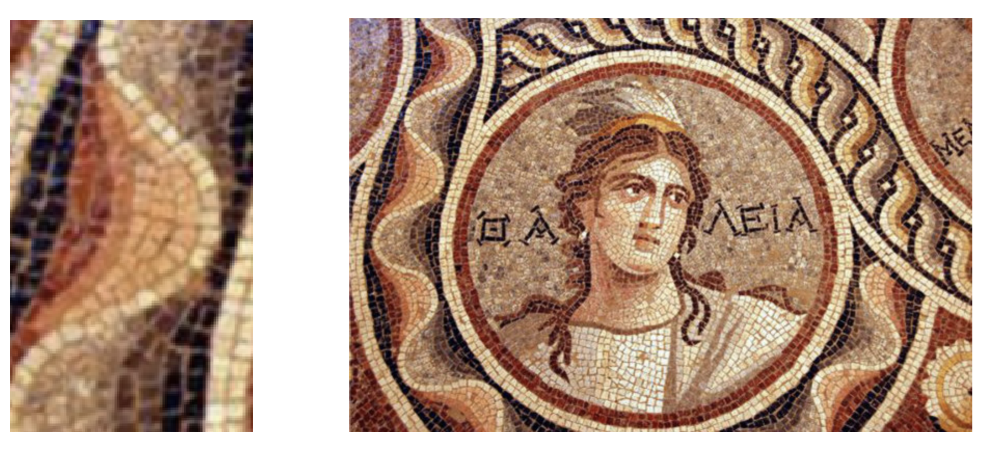
Vocabulary IS Content
Having a nuanced understanding of the academic words being used in class is one of the best ways to build understanding of the concepts represented by that word. Students should have many encounters with the target vocabulary. They should hear it spoken, see it written, and have risk-free opportunities to practice saying it.
As most academic terms have classical roots, studying the etymology of a word often helps students understand the concepts behind the vocabulary. Just as you would do in language class, have your math students study words and word parts in order to better understand the vocabulary and the mathematical concepts that go with it.
Equal

Historically related to the idea of being level with, as tall as, or proportionate, ‘equivalent‘ shares classical roots with many interesting academic concepts. Invite your students to consider how the meaning of the Latin root ‘equi’ helps determine the meaning of words such as: equation, equality, equal, and unequal.
Motif
At this point call the art teacher and the music teacher. Request that they introduce your students to the idea of a ‘motif‘ as a single unit of a melody or a work of art which is often repeated to create a decoration.
Motif is to art what a fraction in simplest form is to math. It is the single unit that can be repeated over and over as needed. In art repeated motifs can make a design. In math repeated fractions can make equivalent fractions. Numerators and denominators are all multiples of the fraction in simplest form. 
Thank you Merriam-Webster.com!
It important for math students to understand that even if a word is used in everyday English, when it is used in a mathematical context, it will have a very specific meaning.
Simple
Simple has many uses and meanings in English. However, it is the 5th definition shown here that is most helpful to students when thinking about the meaning of simplest form in math. Definition 5d says ‘constituting a basic element’ and 5e says: ‘not made up of many like units.’ Invite your students to explain how these definitions of ‘simple’ relate to fractions in their simplest form.
After studying ‘simple’, then ask your students to think about fractions equivalent to those in simplest form as ‘made up of many like units.’ Ask your students what the ‘like units’ are likely to be. YES the simplest form is repeated many times in equivalent fractions.
Then ask them to listen to the language ~ repeated many times ~ What mathematical operation does that language call to mind? Ask your students, “what is happening when a number (such as the numerator or denominator) is repeatedly added to itself?” Show how multiplying the numerator and denominator by the same number (which is multiplying the fraction by one) creates an equivalent fraction ~ not a different number.
Share This Story, Choose Your Platform!
Download Colorful Collections:
A Mindful Exploration of Proper Fractions
Help your students make sense of fractions.
I started teaching in 1987, which means I’ve collected many tips and tricks along the way. In this ebook, I share concepts, strategies, and classroom materials to help you make math sticky.
Along with this useful ebook, you will receive weekly emails from StickyMath@UnCommon-Core.com. I send information like: teacher tips, educational ideas, book reviews, curated lists, reviews of educational sites, and free first drafts of products that I’m creating for my TPT store. That way, you get helpful ideas and free stuff, while I get some feedback before I finalize products and put them up for sale.
I value your privacy. I will never sell your information. You may unsubscribe at any time.
All the best!
Isabelle
Isabelle Hoag M. Ed.


